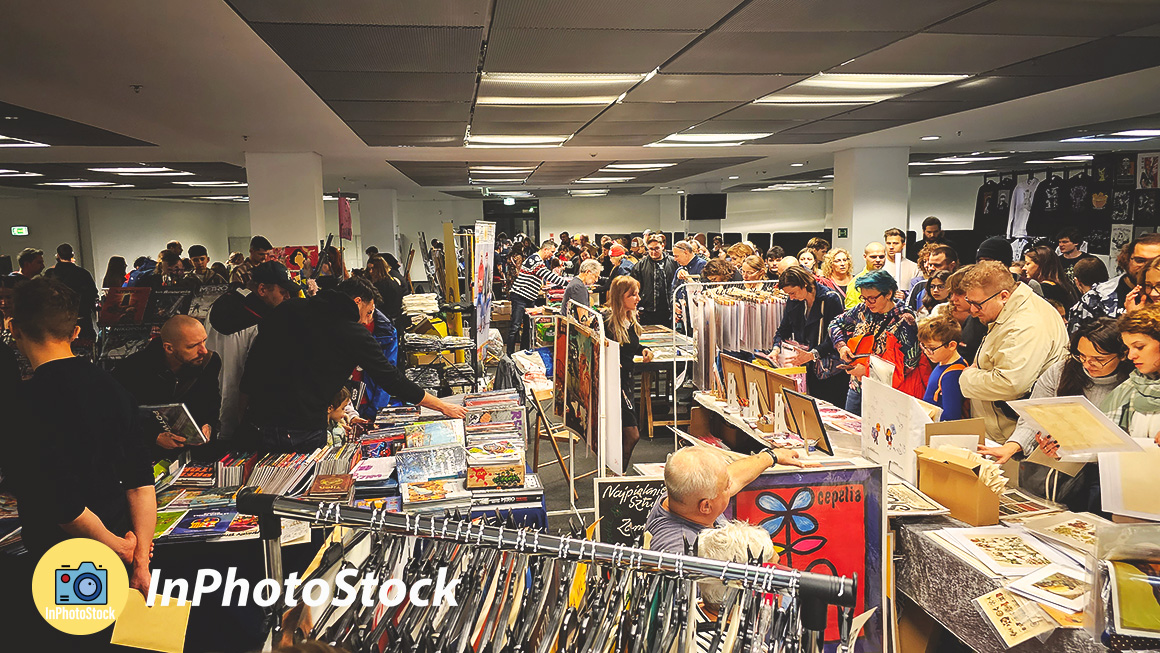This post is also available in:
Español (Spanish)
Deutsch (German)
Français (French)
Polski (Polish)
Dansk (Danish)
Svenska (Swedish)
How to start?

In my view, a sheet of paper and a pencil are the foundational tools that every graphic designer, illustrator, or artist should hold dear. They are the elemental instruments through which ideas take shape, creativity flows, and the most remarkable visual expressions are born.
Karpiński Michał
Navigating the Creative Cosmos
Are you a budding artist with a passion for visual storytelling? As a beginner graphic designer, you’re embarking on a creative journey filled with endless possibilities. The world of graphic design is dynamic, diverse, and ever-evolving, offering a myriad of opportunities to turn your artistic dreams into reality. Whether you’re aspiring to be a professional designer, looking to sharpen your skills, or simply want to create visually stunning content, this guide is your compass through the cosmos of graphic design.

Sign up and download – graphics, photos, illustrations
1. Understand the Fundamentals
At the heart of graphic design are the fundamentals: color theory, typography, layout, and composition. These are the building blocks of your craft. Begin by studying these principles to grasp the art of visual communication. Explore how colors evoke emotions, experiment with various typefaces, and master the art of arranging elements within a design.
2. Equip Yourself with the Right Tools
Graphic design often involves digital tools, and Adobe Creative Cloud programs like Photoshop, Illustrator, and InDesign are industry standards. Start with a software that suits your style and budget. There are also free alternatives like GIMP and Inkscape that provide a solid foundation for beginners.
3. Practice, Practice, Practice
The road to mastery is paved with practice. Create, experiment, and don’t be afraid to make mistakes. Whether it’s designing mock posters, social media graphics, or personal branding, every project is a chance to hone your skills and develop your unique design sensibility.
4. Seek Inspiration Everywhere
Inspiration can be found in the world around you. Observe the design elements in nature, architecture, advertisements, and even your everyday surroundings. Websites like Behance and Dribbble are treasure troves of creativity, showcasing the work of talented designers from around the globe.
5. Learn from Others
Study the work of seasoned designers. Analyze what makes their designs exceptional, from the use of color and layout to their choice of typefaces. Take online courses, watch tutorials, and attend workshops to expand your knowledge and learn new techniques.
6. Build a Strong Portfolio
Your portfolio is your calling card in the world of graphic design. As a beginner, it’s essential to assemble a collection of your best work to showcase your capabilities to potential clients or employers. Include a variety of projects that highlight your versatility and range.
7. Embrace Constructive Feedback
Don’t shy away from feedback, as it’s a valuable tool for growth. Share your work with peers, mentors, or online design communities and welcome constructive criticism. It’s through critique that you’ll discover areas for improvement and refine your skills.
8. Develop Your Personal Style
While learning the rules of graphic design is crucial, don’t forget to carve out your personal style. Your unique perspective is what sets you apart in a crowded creative landscape. Experiment with different styles and techniques until you find your creative voice.

Sign up and download – graphics, photos, illustrations
9. Stay Updated with Trends
The world of design is constantly evolving, with trends and technologies that come and go. Keep an eye on emerging design trends, such as minimalist design, bold typography, and responsive web design. Staying informed ensures that your work remains fresh and relevant.
10. Be Patient and Persistent
Becoming a proficient graphic designer takes time and dedication. There will be challenges and moments of frustration, but it’s all part of the journey. Stay patient and persistent, and remember that every designer, even the most celebrated ones, started as beginners.
11. Network and Collaborate
Building connections in the design community can open doors to new opportunities. Attend design events, join online forums, and collaborate with other designers. Networking can lead to valuable insights, mentorship, and collaboration on exciting projects.
12. Trust Your Instincts
As a designer, your instincts play a vital role. Trust your creative intuition and don’t be afraid to take risks. Some of the most groundbreaking design work comes from those who dare to think outside the box.
13. Have Fun
Last but not least, enjoy the journey. Graphic design is a creative adventure filled with limitless possibilities. Let your passion drive you, and have fun along the way.
Remember, every great graphic designer started as a beginner, and your journey is uniquely yours. Stay curious, stay motivated, and never stop creating. The world is waiting to see the beauty you’ll bring into it. Welcome to the cosmos of graphic design.

We have a large database of photos, illustrations and graphics. Get to know our photo bank – inphotostock
We also invite you to follow us on Facebook
Read also:



